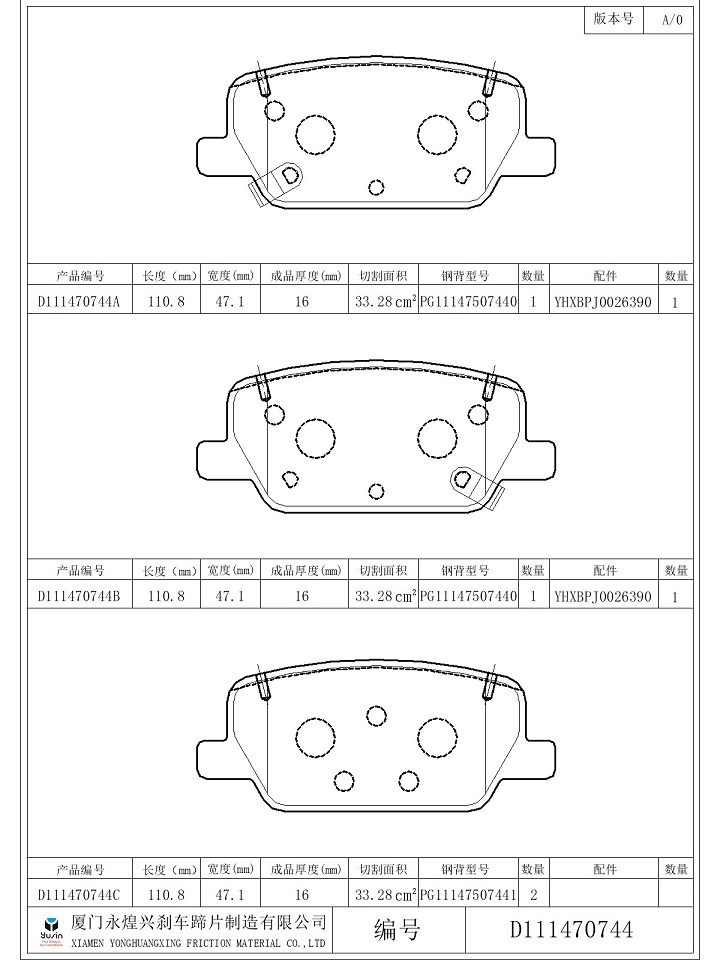How to Tell When Your Rear Brake Pads Need to Be Replaced
2024-06-26
Maintaining your vehicle’s braking system is essential for safety and performance, and part of this maintenance includes knowing when to replace your rear brake pads. While rear brake pads generally wear out slower than front ones, they are equally important for balanced braking and vehicle stability. Recognizing the signs of worn rear brake pads can help you address issues before they become serious. Here’s how you can tell when it’s time to replace your rear brake pads.
1. Squeaking or Squealing Noises
One of the most common indicators that your rear brake pads need replacement is a high-pitched squeaking or squealing sound when you apply the brakes. This noise is usually caused by wear indicators built into the brake pads, which are designed to emit a sound when the pads have worn down to a certain point. If you hear this noise consistently, it’s time to inspect your rear brake pads.
2. Grinding Sounds
If you hear a grinding noise when braking, it’s a sign that the brake pads are completely worn out, and the metal backing plates are contacting the brake rotors. This can cause significant damage to the rotors and reduce braking efficiency. Grinding noises require immediate attention and replacement of the rear brake pads to avoid costly repairs.
3. Reduced Braking Performance
A noticeable decrease in braking performance can indicate that your rear brake pads are worn. If your vehicle takes longer to stop or if you have to press the brake pedal harder than usual, it’s a sign that the brake pads may be too thin to provide effective braking. This reduced performance can compromise your safety and should be addressed promptly.
4. Vibrations or Pulsations
Feeling vibrations or pulsations in the brake pedal when you apply the brakes can indicate that the rear brake pads are unevenly worn or that there are issues with the brake rotors. This can lead to inconsistent braking and should be checked by a professional to determine if the rear brake pads need to be replaced.
5. Visual Inspection
Performing a visual inspection of your rear brake pads can help you determine their condition. If you can see the brake pads through the wheels, check their thickness. Most brake pads start at about 10-12 millimeters of thickness. If the pads have worn down to 3 millimeters or less, it’s time to replace them. Some vehicles also have brake pad wear sensors that will visually or electronically alert you when it’s time for a replacement.
6. Brake Warning Light
Many modern vehicles are equipped with a brake warning light on the dashboard that illuminates when there’s an issue with the braking system. While this light can indicate various problems, it often signifies that the brake pads are worn and need attention. If the brake warning light comes on, have your rear brake pads inspected as soon as possible.
Conclusion
Recognizing the signs of worn rear brake pads is crucial for maintaining your vehicle’s safety and performance. Squeaking or grinding noises, reduced braking performance, vibrations, and visual wear are clear indicators that it’s time to replace your rear brake pads. Regular inspections and prompt replacements will ensure that your braking system functions effectively, providing you with the confidence and control you need on the road. Don’t wait for a small issue to become a major problem—keep an eye on your rear brake pads and replace them as needed to ensure safe driving conditions.



